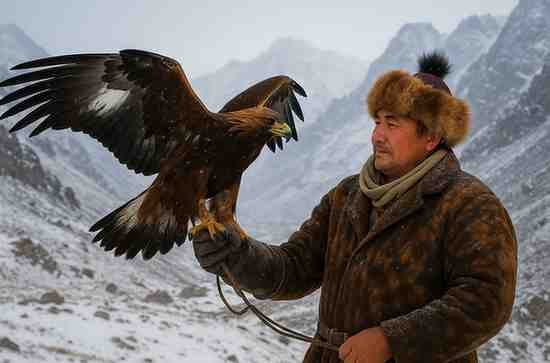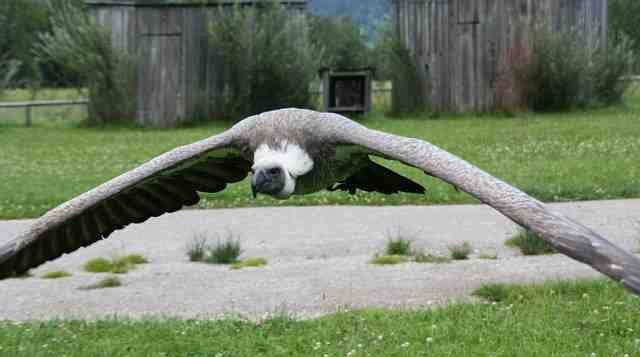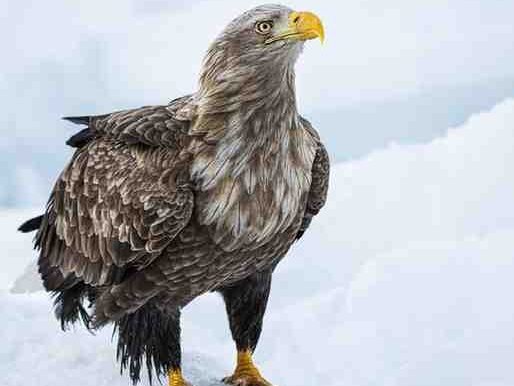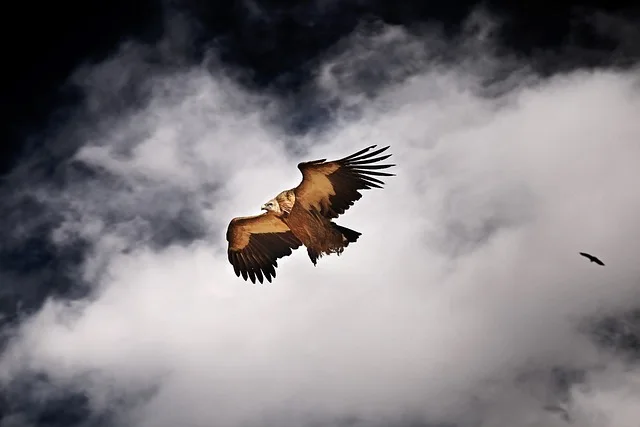Winter Falconry 2026 – The Complete Guide to Cold Weather Falconry and Hunting

For centuries, hunters have considered winter to be the most exciting time to hunt falcons. The cold air, short days, and snow-covered fields provide the perfect environment for this ancient art — where man and bird of prey team up to take on nature.
But cold weather also brings its own challenges. Hawks, eagles, and other birds of prey require special care to keep them healthy, strong, and alert. Their training, diet, and hunting style change depending on the season.
This comprehensive 2025 guide will teach you all the basics of training, hunting, and caring for a falcon in cold weather — whether you’re an experienced falconer or a new hobbyist.
Why winter is called the prime season for falcons
Winter is traditionally considered the best season for falconry because:
Prey (rabbits, partridges, doves) are more visible on snow.
The cold air makes the flight of birds of prey faster and longer.
The lack of insects makes training easier.
However, the health and performance of a falcon in severe frosts depends only on proper care.
Preparing a falcon for cold weather
It is important to gradually acclimate the falcon to the cold before flying it in the winter.
A) Gradual acclimatization
Acclimatize to a cooler environment in the fall so that the metabolism can adjust naturally.
Do not expose the bird to sudden extreme cold — this can affect the respiratory system.
Maintain a consistent training schedule even when the days are short so that weight and performance do not decrease.
B) Feather condition
Strong and clean feathers help the falcon to stay warm.
Include protein and fat in the diet (duck, quail, mice).
Check for broken feathers.
Mist the feathers with a light mist during the warmer part of the day to help with preening.
Preparing the housing and equipment
a) Mews
Maintain warmth with wooden walls and internal insulation.
Avoid metal cages as they transmit cold more.
Keep them well ventilated but protected from cold drafts.
The ideal indoor temperature is between 5°C and 15°C.
b) Seating and flooring
Wrap the seating area with soft leather or rope to prevent your feet from freezing.
Keep the floor dry, as moisture can freeze quickly and damage your feet.
c) Equipment care
Dry gloves, straps and hats after each flight.
Oil leather equipment weekly.
Metal can easily break in cold weather, so keep spare equipment.
Falcon food and nutrition in winter

A falcon’s energy needs increase in winter.
a) Increase energy
Increase the amount of food by 10–15%.
Quail, pigeons or small birds are the best choices.
Avoid high-fat foods that freeze quickly outdoors.
b) Water supply
Falcons do not often drink cold water, so provide lukewarm water.
Keep water in the warm part of the day and protect it from freezing.
c) Supplements
Vitamins A and D are important for feathers and bones.
Calcium and minerals restore strength after hunting.
A few drops of cod liver oil strengthen the immune system.
Falcon training in cold weather
a) Short but effective sessions
Keep morning training to 10–15 minutes.
Gradually increase the time.
Do not fly the falcon in extreme cold or strong winds.
b) Warm-up
Start with short flights or perch hops.
Spread the falcon’s wings gently.
Only allow it to fly longer flights when it is fully agile.
c) Monitor weight
Maintaining weight is important in the cold.
Weigh yourself daily and note your routine.
Overfeeding is dangerous because it can weaken your immune system.
Hunting strategies in the snow

a) Time selection
Late morning or afternoon is best.
Avoid the evening twilight, as the snow is less shiny.
b) Types of prey
Rabbits, partridges, and doves are common prey in winter.
Always check local hunting laws.
c) Be careful in snowy areas
Wear light-colored clothing to blend in with the snow.
It can be difficult to find a falcon after hunting in deep snow; mark it.
d) After the hunt
Feed a small amount of food immediately to help it recover.
Bring the falcon inside to a warm area before feeding it a full meal.
Falconer safety
a) Clothing
Dress in layers — warm inside, waterproof outside.
Genuine leather gloves are best.
b) Field equipment
Extra gloves, leash, hood, and heat packs.
Insulated box for food or water.
Changes in hawk behavior in winter
a) Energy and mood
Some hawks become more active in the cold, while others become slower.
Set training times according to behavior.
b) Light and hormonal balance
Low light brings about hormonal changes.
Ensure 10–12 hours of light per day to stabilize behavior.
Winter diseases and their prevention
a) Respiratory diseases
Caused by damp rooms or lack of air.
Signs: wheezing, runny nose, loss of appetite.
Treatment: clean bedding, proper ventilation.
b) Frostbite
Black spots or swelling on the feet or nose.
Avoid metal objects and wet places.
c) Weight loss or lethargy
Check weight daily.
Consult a veterinarian immediately in case of illness.
Discipline and consistency
The secret to success in cold weather is consistency.
Continue training daily.
Hunting footprints are clear on the snow, take advantage of them.
Be patient — hunting in the cold is slower but more satisfying.
Winter hunting equipment
Insulating (thermal) gloves and additional liners.
Waterproof shoes.
GPS or bell tracking system.
Dry food bag.
Lightweight, sturdy perch.
Winter falconry around the world
Middle East: Saker and Peregrine falcons are flown in the cold of the night.
Europe: Falcons and falcons participate in organized hunting competitions.
America: Training in the fields for hunting hares and ducks.
Central Asia: Traditional eagle hunting and cultural festivals.
Each region has its own traditions, but all have the same relationship between falconer and falconer — mutual trust and harmony.
End-of-season recovery and wing replacement

At the end of winter falcons gradually enter a molting phase.
Increase protein in the diet to help new wings grow stronger.
Clean the room, pack up, and prepare for the next season.
This step is crucial to the falcon’s health throughout the year.
